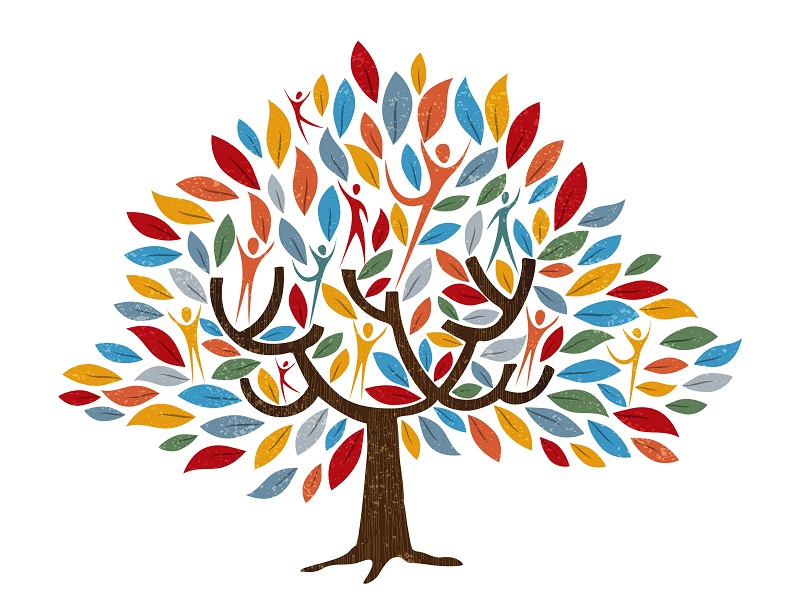

Starbucks Canada is connecting employees across the country through stories of Asian-Canadians’ contributions to the nation’s history and highlighting Pan-Asian employees’ shared personal and career experiences for Asian Heritage Month and beyond.
“There’s a large Asian population of partners within Starbucks and the communities in which we serve,” says Sonia Lam, a district manager at the coffee chain and co-chair of the network. “There’s an opportunity to share dialogue and understand our culture in our communities in a more meaningful way.”
Amid rising incidences of anti-Asian racism fueled by the coronavirus pandemic and inspirational calls for global social justice, Starbucks Canada launched its Pan-Asian Partner Network in June 2020 to foster meaningful connections and elevate the impact of its employees from the Asian-Canadian community and their allies, notes Joanna Manabat, a customer logistics manager at the company and co-chair of the network. Almost one year later, the network has amassed over 700 members and is continuing to grow.
Read: Starbucks tying executive pay to diversity targets
In March, the network held a Canada-wide listening session in the wake of the Atlanta mass shootings at three spas in which many of the businesses’ workers targeted and killed were from the Asian community. To host the session, the network partnered with Starbucks’ diversity, equity and inclusion and human resources teams to spur conversations around anti-Asian racism. More than 300 employees tuned into the virtual session and the network has received emails from employees from the Asian community across Canada saying they’ve never felt as though they belonged more so than during the session, says Manabat.
For Asian Heritage Month in May, the network held events under the theme of Being Asian-Canadian: the past, the present and the future. For the past, the group held a speaker session with author and historian Vivienne Poy, who’s a former member of the Senate of Canada and led the 2002 effort to have May designated as Asian Heritage Month. The event focused on understanding Asian-Canadian culture and how the community has contributed to the country’s history and society.
To address the present, the network held discussions with employees around dispelling the model minority myth — the idea that Asians are better in the inclusion and diversity circle. And to address the future, the network is focusing on building awareness of the various career paths and opportunities available to employees.
Read: Employers embracing diversity, but more work to be done
Throughout May, the network has continued sharing weekly stories of employees’ personal journeys about what brought them to Canada. The #MyCanadianAsianStory series, started earlier this year, is shared on the company’s internal social media platform — Lam says employees across the country regularly engage with the posts, liking them and commenting on how inspirational the stories are to them. May is also Mental-Health Awareness Month, so the group shared a story on what it’s like to grow up Asian with a mental-health challenge.
“We’ve learned that [through] the storytelling . . . our allies are learning a lot about the Asian-Canadian experience,” she says. “Leaders are learning how to help our Asian-Canadian partners with their career development and how to have different conversations, so it’s critical to continue this forum.”
Whether it’s posts about Foodie Fridays, highlighting members’ favourite things from an Asian perspective or sharing different articles on the Asian culture and community, Manabat says the group tries to ensure it’s providing information and stories all partners can relate to and enjoy. The impact that the network’s events have had on employees and the organization as a whole is widespread, she adds. “We’re able to take [employees’] feedback and voices back to senior leadership and influence decisions at a company level and create engagement.”
In Canada, Starbucks has four other networks — a Black Partner Network, an Indigenous Partner Network, Pride Alliance Network and Women’s Impact Network — which any full- or part-time employee can join. Through the various groups, employees are feeling more empowered, says Lam, and she’s seeing more people of colour applying for different roles within the company.
“In investing in partner networks, other employers will see it back not only in productivity but also in engagement and in talent.”
Read: Scotiabank focusing on further strengthening workforce diversity, inclusion
